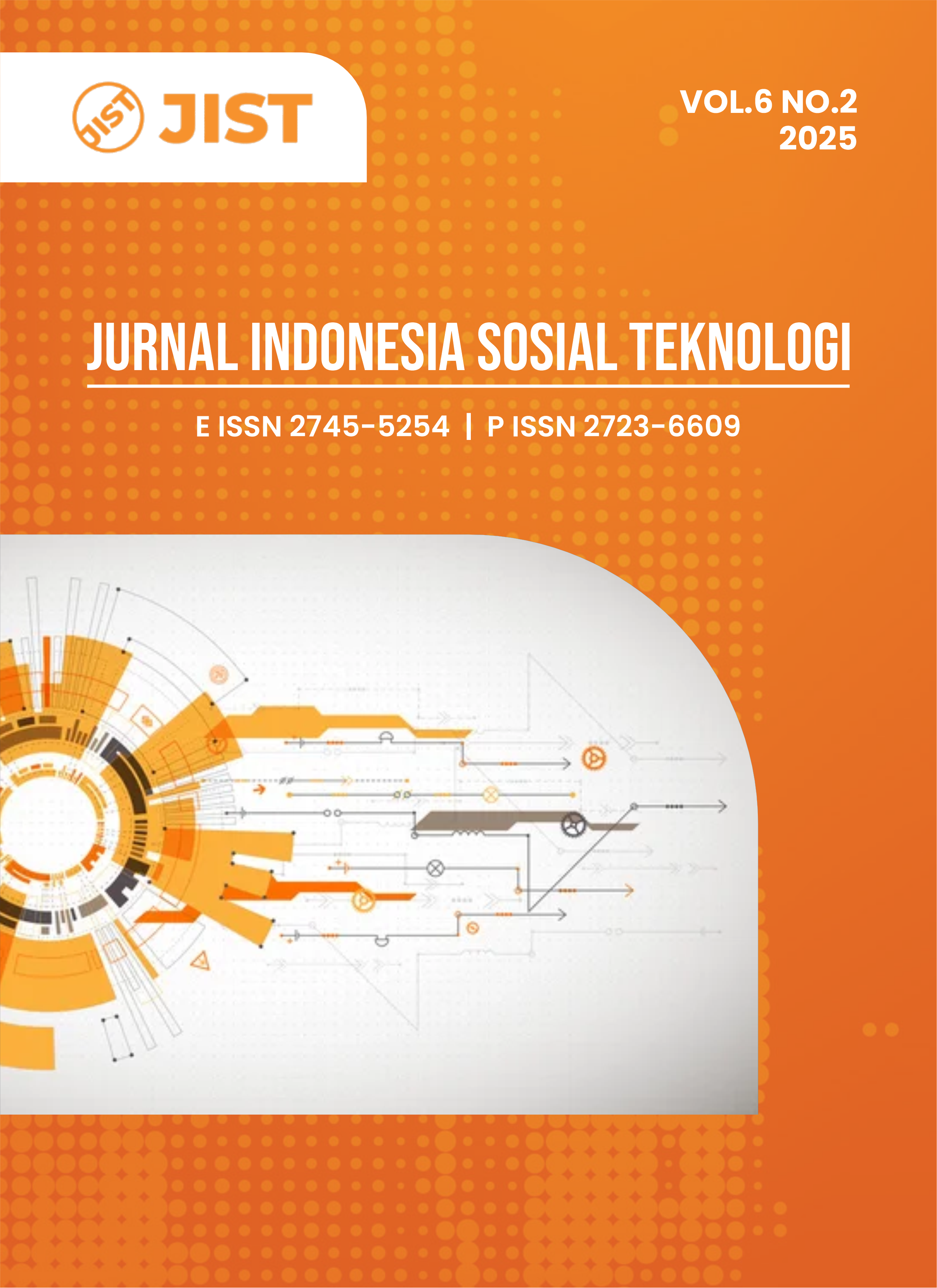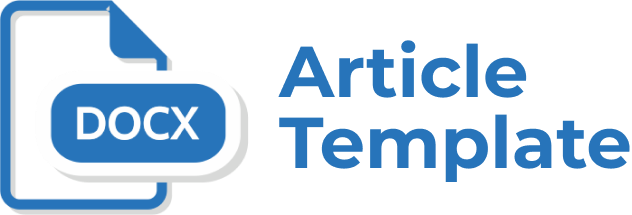Shellcode Classification with Machine Learning Based on Binary Classification
DOI:
https://doi.org/10.59141/jist.v6i2.3233Keywords:
binary classification, cyber security, machine learning, supervised machine learning, hyperparameter tuningAbstract
The Internet can link one person to another using their respective devices. The internet itself has both positive and negative impacts. One example of the internet's negative impact is malware that can disrupt or even kill a device or its users; that is why cyber security is required. Many methods can be used to prevent or detect malware. One of the efforts is to use machine learning techniques. The training and testing dataset for the experiments is derived from the UNSW_NB15 dataset. K-Nearest Neighbour (KNN), Decision Tree, and Naïve Bayes classifiers are implemented to classify whether a record in the testing data is Shellcode or non-Shellcode attack. The KNN, Decision Tree, and Naïve Bayes classifiers achieve accuracy levels of 96.82%, 97.08%, and 63.43%, respectively. The results of this research are expected to provide insight into the use of machine learning in detecting or classifying malware or other types of cyber attacks.
Downloads
Published
How to Cite
Issue
Section
License
Copyright (c) 2025 Jaka Naufal Semendawai, Deris Stiawan, Iwan Pahendra

This work is licensed under a Creative Commons Attribution-ShareAlike 4.0 International License.
Authors who publish with this journal agree to the following terms:
- Authors retain copyright and grant the journal right of first publication with the work simultaneously licensed under a Creative Commons Attribution-ShareAlike 4.0 International. that allows others to share the work with an acknowledgement of the work's authorship and initial publication in this journal.
- Authors are able to enter into separate, additional contractual arrangements for the non-exclusive distribution of the journal's published version of the work (e.g., post it to an institutional repository or publish it in a book), with an acknowledgement of its initial publication in this journal.
- Authors are permitted and encouraged to post their work online (e.g., in institutional repositories or on their website) prior to and during the submission process, as it can lead to productive exchanges, as well as earlier and greater citation of published work.










